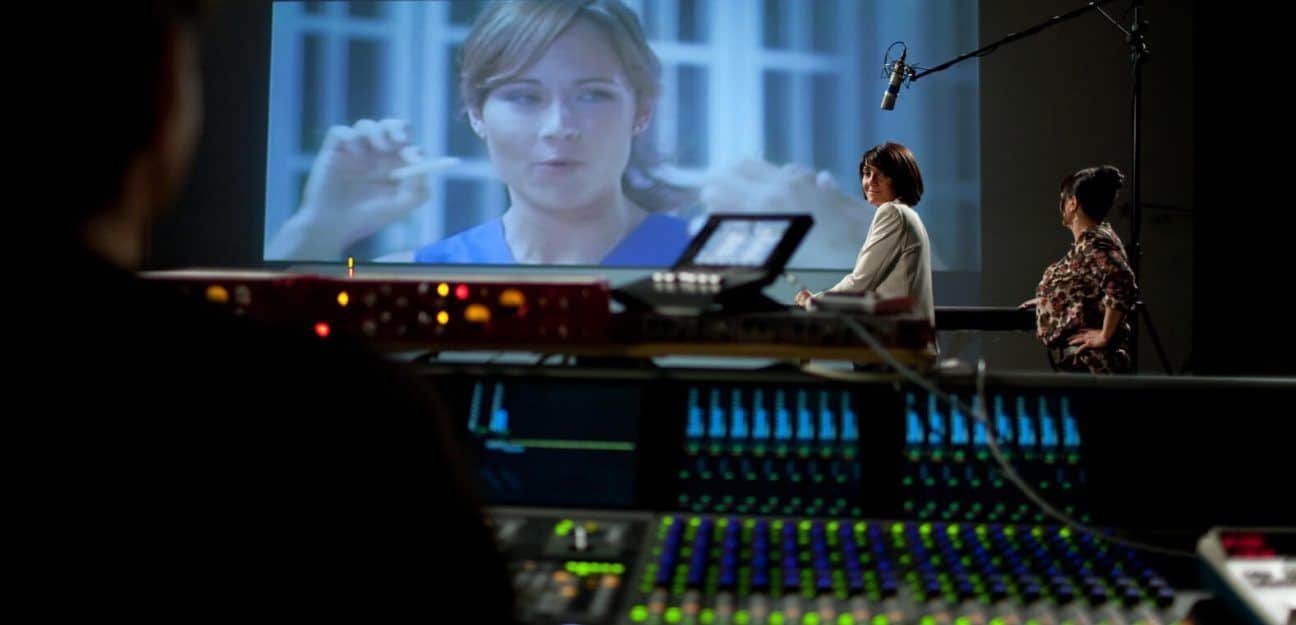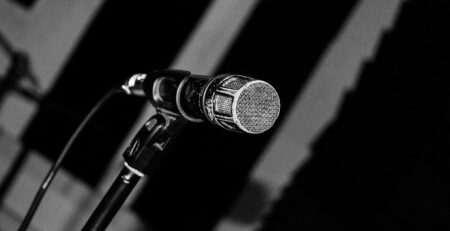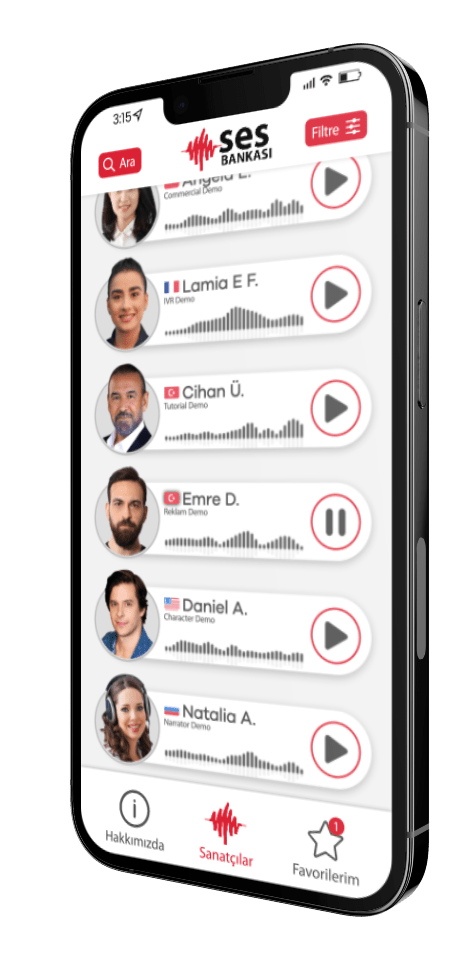Tips for Building a Home Studio
Are you ready to learn the tricks of establishing a home studio, aka home studio, and mastering the intricacies of this business? Don't have time to go to the studio for sound recording? Have you temporarily moved from your city where you have been for a long time? Establishing a studio is a costly business now, do you say you can do this at home? Then let's look at the equipment and space required to set up a home studio in the comfort of home.
For a home studio, 5 basic equipment, appropriate sound insulation and the creation of an acoustically arranged environment are among the sine qua non. Of course, if we say acoustic environment, we are not talking about a professional studio, we are talking about an area with sound insulation and acoustic arrangement that we can create within the possibilities of home. It could even be a corner in a room of your home. We need a total area of two square meters. So what equipment do we need to set up a home studio?
The Most Important Part for the Home Studio: Computer
Undoubtedly, the computer is one of the most important home studio equipment. It is very important which system you will use, MacOS or Windows, as the choice of the computer will determine the choice of other equipment you will use. The physical recording equipment and software you will use on macOS may not work on Windows. Computers where you can get a smooth performance when audio software and other programs are run at the same time should be preferred. In short, your computer should have a new generation processor in today's conditions. The RAM should be between 4-6 GB and have a large-capacity storage space.
Sound Recording Program Required to Install Home Studio
One of the most important components when setting up a home studio is a sound recording program. These programs are called digital audio processing software (DAW). Sound rendering programs include instrument and sound recorder features, as well as sound recorder only ones. Programs such as Sound Forge, Goldwave, Cool Edit, Audition and Pro Tools are among the old and most used sound processing programs.
However, there is one thing to keep in mind: different software does not affect the sound quality. Sound recording quality is about sound card and encoding. That's why it's important to buy a licensed audio editing program that's easy to use. These programs allow you to cut, combine, edit, add effects and mix recorded audio files. A good audio recording program will help you make high-quality recordings in your home studio.
Get a Good Sound Card for the home studio
Sound cards, in other words encoders, are among the most important equipment of the sound recording stage. It is the sound cards that determine the quality of the sound. The technology that will instantly process the digital audio signals we send from the microphone to our recording software (DAW- digital audio workstation) and transmit them to us instantly without any delay lies under the high-resolution signal processing power in sound cards. Whatever kind of work you have about the sound on your computer, your sound card is responsible for this task and you only have to record something that depends on your creativity and your success in using the program. Make sure that there is a Phantom button on your preferred sound card, because if your microphone works with condenser and phantom +48V, you may need this button.
You Should Get a Quality Microphone for Voice Over or Dubbing
For voiceover or dubbing in a home studio, you need a quality microphone. When choosing a microphone, you should consider that the environmental sounds may be more than the professional studio environment. Therefore, the microphones to be preferred condenser microphones be recommended. However, high-impedance dynamic microphones are also among the microphones suitable for the home studio, only picking up close sounds.
The sound quality of microphones is one of the important factors that directly affects the recording quality. The fact that the price is high in the microphone selection does not mean that it will be a good microphone. The microphone with the most suitable diaphragm for your vocal range will be the best choice for you. Therefore, by using microphone comparison sites, you can directly compare the sound quality of the microphones and make the most suitable choice.
There are other factors to consider when choosing a microphone. These include microphone type, microphone polar pattern, frequency response, signal-to-noise ratio, and sensitivity. Each factor is different characteristics that affect sound quality. Therefore, it is important to consider all of these factors when choosing a microphone.
Don't Forget Reference Monitors and Headphones for the home studio
Reference monitors and headphones are essential for the stability and quality of your audio recordings. Reference monitors are properly designed speakers and are used to measure how accurately the recorded sound can be heard. These monitors produce a natural sound that is not colored by EQ or other sound processing techniques. Reference headphones, on the other hand, are headphones designed for listening to sounds recorded in music production or recording studios. Likewise, they offer a natural sound and help you make the most of the sound quality.
Reference monitors and headphones can be used to measure the sharpness and clarity of recorded sounds, especially when used in smaller recording environments such as the home studio. This improves the quality of audio production by ensuring that the recorded sound can be heard perfectly. The use of reference monitors and headphones is extremely important to musicians and recording studios because they help produce the best quality recordings.
As a result, reference monitors and headphones are one of the most important tools for maximizing sound quality in music recording and production. Therefore, it is extremely important to use these reference tools in order for recorded sounds to be heard and evaluated accurately.
Indispensable for Building Home Studio: Acoustic Environment
It is highly recommended that the room where the sound is recorded is full and there are sound absorbing items such as carpets and curtains in the room. In addition, if possible, an acoustic panel should be purchased around the microphone and a pop filter should be used. It is impossible in a home environment to prevent unwanted environmental sounds from coming into the microphone. We recommend that the microphones used for this should be chosen as microphones that can receive close sounds. Acoustic and soundproofed indoor cabins will also count as the suitable environment for sound recording.
Before attempting to set up home studio BiberSA Sound Analysis You can do. And you should not forget that our last advice to those who will set up a home studio is how nice it is if you work for a voice-over agency. However, we recommend that you set up a home studio and do not do informal work. It is among the sad news that the Ministry of Finance has recently taken under investigation those who made freelance voiceovers at home and accepted money into their unregistered personal accounts and were subject to major criminal proceedings. For the welfare of our industry and trade in our country, we need to pay attention to such violations of rights as a nation. We hope your life will be spent in good sound quality. Stay well.



















